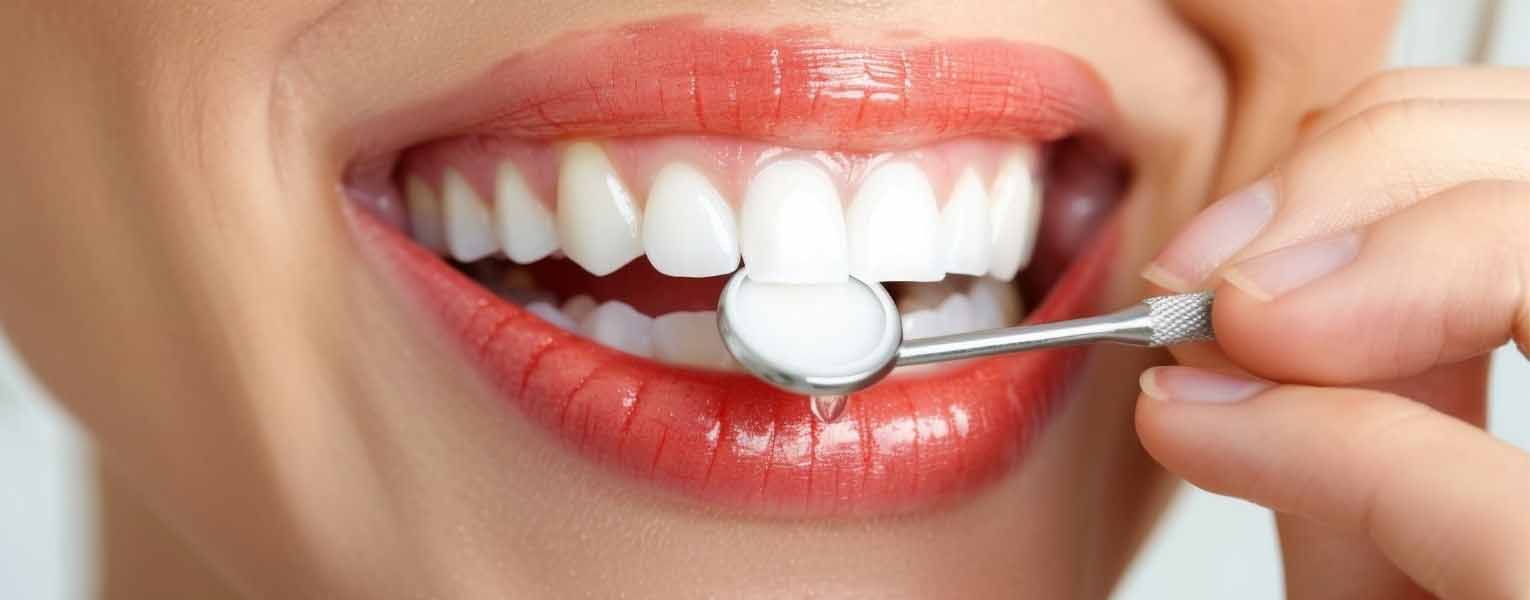Bonding is a procedure where a special composite filling material is applied to the tooth surface to correct its shape, color, and size. It is typically chosen to address minor aesthetic issues in the teeth. Bonding is an effective solution for correcting slight color differences in teeth, repairing cracks or chips, and closing gaps between teeth.
When is Bonding Treatment Applied?
1. Tooth Color Issues:
Localized discolorations on the tooth surface, usually caused by enamel defects, can be covered. A uniform color appearance is achieved in the smile aesthetics. (It is not an alternative procedure to whitening for changing the overall shade of the teeth.)
2. Tooth Cracks and Chips:
Small cracks and chips on the tooth surface can be repaired with bonding. This helps preserve the natural appearance of the tooth.
3. Gaps Between Teeth:
The gaps between teeth can be filled with bonding, resulting in a more aesthetic smile. Gaps in the front teeth, in particular, can be effectively closed with bonding treatment.
4. Correction of Tooth Shape:
Bonding can be used to correct shape irregularities or asymmetries in the teeth, resulting in a more aligned dental arrangement.
5. Misalignment of Teeth:
Minor misalignments can be masked with bonding. Especially for teeth that are set back, bonding on the front surface aims to make them appear more symmetrical with the other teeth.
Advantages of Bonding Treatment
Fast Results:
Bonding, which can be completed in a single session, offers a quick aesthetic solution.
Cost-Effective Solution:
It is more affordable compared to other cosmetic dental treatments.
Conservative Approach:
The natural structure of the tooth is preserved since minimal intervention is made.
Immediate Aesthetic Correction:
Cracks, chips, and discolorations are immediately fixed, and the results are instantly visible.
Natural and Aesthetic Appearance:
The composite material matches your tooth color, providing a natural-looking smile.
Things to Consider After Bonding Treatment
After bonding treatment, to keep your teeth healthy and aesthetic, you should avoid hard foods, brush your teeth regularly, and use dental floss. Bonding material is not as smooth as porcelain or natural teeth, and deterioration can be observed over time. The only way to prevent this is with a good polish. It should be polished annually by a dentist. For this, check-up sessions should not be missed. By taking these simple precautions, you can maintain the aesthetic smile provided by bonding treatment for a long time.
Article Author: Dt. Seçil Duman Yalçın
The content of this page is for informational purposes only.
You should always consult your doctor for diagnosis and treatment.
